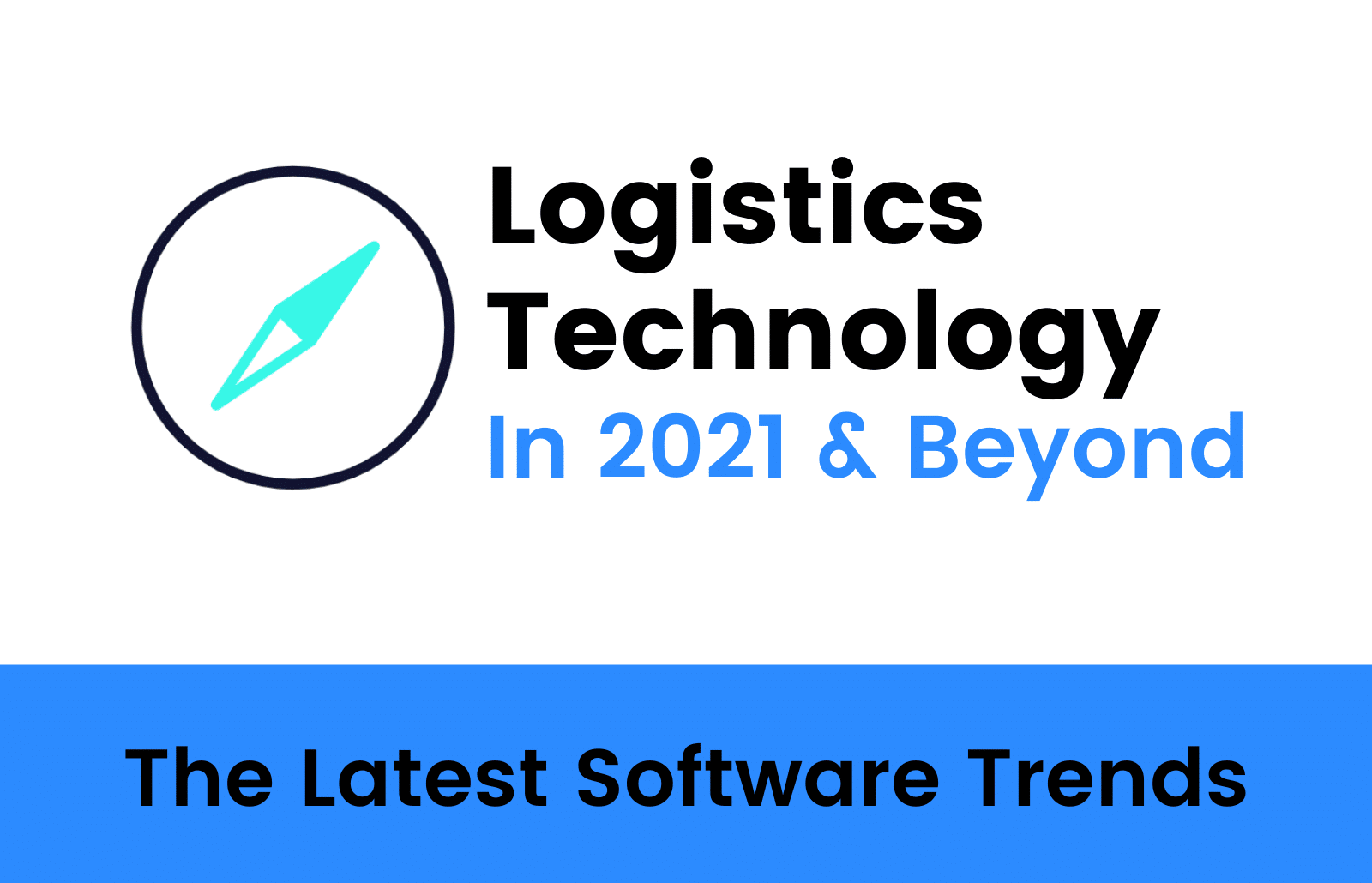COVID-19 dealt quite a blow to the logistics industry. From hindering cross-border shipping to restricting the number of employees working across the entire supply chain, today’s landscape is a far cry from what it was a couple of years ago. Luckily, new logistics technology is being developed to help businesses navigate the realities of a post-COVID world.
What Is Logistics Technology?
Logistics technology is an umbrella term for all technological and software solutions aimed at increasing productivity, reducing costs, minimizing errors, and improving the customer experience across supply chains.
This includes any technology used in domestic and international transportation, supply chain management, shipment tracking, and more.
What Is the Next Big Wave in Logistics Technology?
How has logistics changed over the years? A lot — and it shows no signs of stopping any time soon.
Let’s take a look at some trends that are shaping the future of logistics. As this is a vast topic, we’ll narrow it down by focusing on logistics software and the use of information technology in the logistics industry.
1. Internet of Things (IoT)
Connected IoT devices are innovative carrier solutions that enable smart inventory and logistics management. They also improve supply chain visibility with real-time insights.
Take IoT sensor technology, for instance, which can be a game-changer for technical transportation tracking. Placing IoT devices on parcels allows logistics companies to monitor their equipment, inventory, and vehicles 24/7 via cloud services. This helps improve time and fuel efficiency and predictive maintenance.
2. Artificial Intelligence (AI)
The logistics industry is making full use of AI-powered automation, including:
- Intelligent transportation
- Route and demand planning
- Last-mile delivery robots
- Sustainability solutions
- Warehouse automated picking systems
- Predictive optimization software
But there’s more. Augmented intelligence, which combines AI automation and input from human agents, is also rising in popularity. Gartner estimates that augmented intelligence will generate $2.9 trillion of business value and increase global worker productivity by $6.2 billion hours in 2021 alone.
3. Last-Mile Delivery
The “last mile” is the final leg of a product’s journey from the warehouse to the customer’s doorstep. Leading companies like Circuit are currently revolutionizing the last-mile delivery process by offering comprehensive and real-time tracking solutions, ensuring customers have full visibility and control over their packages until they reach their doorstep. From sustainable and same-day shipping to socially distanced and drone deliveries, receiving your parcels isn’t what it used to be.
This is a hot new trend in the logistics space with companies such as Gorillas, who recently became Europe’s fastest unicorn, and Dropp, making waves in this space.
“Sustainable same day delivery is made possible with reduced secondary packaging and with a network of hyperlocal warehouses.” – Philip Braun, Co-Founder at Dropp.
4. Warehouse Process Automation
As logistics providers compete to increase efficiency, improve customer service, and lower labor costs, warehouse operations have changed considerably in the last few years. One of the fastest-growing trends is the use of warehouse robotics such as automated picking systems and driverless electric vehicles that can unload trucks, move boxes, build pallets, and more. And with the rise of machine-learning technologies, smart sensors, and IoT devices, warehouse robotization is probably only just beginning.
5. Groceries Delivery
As most of us spent a good chunk of the last two years in lockdown, more and more people are choosing to get their groceries delivered to their doorsteps. Earlier this year, Berlin-based grocery delivery startup Gorillas raised $290 million in Series B funding. With a valuation surpassing $1 billion, the company became one of the fastest startups to achieve unicorn status in Europe.
6. Digital Twins
Digital twins are an exciting and highly innovative technology trend to watch out for in 2021 and beyond.
Real-life products can never be exactly the same as their digital models. Traditional modeling software doesn’t usually factor in wear and tear, parts being replaced, structural fatigue, or how users modify products to suit their needs. In contrast, digital twins technology melds the digital models and physical products into one. For the first time, we can engage with a digital model just like we would with its physical counterpart.
In the logistics field, digital twins technology can help build 3D warehouse models and explore the impact of layout or equipment changes risk-free. Logistics hubs can use digital twins to test out different scenarios, and delivery networks — to provide real-time information about delivery times and improve the routes of autonomous vehicles.
Technology and Logistics: Final Thoughts
As the logistics industry evolves daily, one thing is certain: the importance of information technology in logistics management cannot be overstated. With businesses investing in continuous improvement and looking for opportunities for cost savings, it’s essential to stay on top of the latest logistics technology trends to remain competitive.


